|
A monster is a threatening force, usually found in legends or horror fiction, that is often a creature of strange or terrifying shape, and may produce fear or physical harm by its appearance or its actions. Well-known monsters in fiction include Count Dracula, Frankenstein's monster, werewolves, mummies, and zombies, yetis, sea-monsters, and dragons. Monsters! Exhibit at the San Diego Museum of Man We can find many stories of monsters paired with a hero’s journey throughout legends in history. For example, before the Ancient Greeks, the Minoans ruled the island of Crete and the surrounding areas of the Mediterranean Sea. In 1400 BCE, Daedalus constructed a labyrinth for King Minos inside the Palace of Knossos. King Minos formed this labyrinth as a manifestation of the dark side of his ego and power over other people. It served as a prison located in center. The maze was built to incarcerate the Minotaur, a creature supposedly born from an illicit encounter between the queen and a bull. Because of the scientific fact that a minotaur is not possibly produced from a queen and a bull, perhaps this monster was the king’s own deformed child with a deformed face and human body. Every year the king fed the monster with prisoners sentenced to death. These actions cultivated fear in the lives of the Minoans, until a wise hero, Theseus, came along and volunteered to face this creature, putting end to the fear that ruled the people. You can learn more on the blog, Our Dark Side. The hero’s journey is the process by which we struggle to overcome our dark side and become enlightened individuals. In the popular new age novel, The Pilgrimage, Paulo Coelho meets a terrifying black dog several times along the Road to Santiago, and each time there is a brutal confrontation. The dog symbolically represents Paulo’s shadow or dark side. When we are overcome by those parts of ourselves that are dark and foreboding, we feel attacked by these hidden aspects of our personality. With the help of his guide, Paulo was able to face the symbolic black dog and transcend his ego by facing himself as he is rather than an idealized version of himself. He then returned home and would become the next master for a new pilgrim on the path. Only when we face our own demons, can we find the freedom to live and the wisdom to teach others (Along The Road To Individuation). When our Third Eye Chakra of vision and intuition Third Eye Chakra Are you afraid of your own power? Where the Wild Things Are is a popular 1963 children's picture book by American writer and illustrator Maurice Sendak. This story focuses on a young boy named Max who, after dressing in his wolf costume, inflicts such chaos through his household that he is sent to bed without his supper. Through the power of his imagination, Max's bedroom undergoes a magical transformation into a jungle setting, and he winds up sailing to an island inhabited by dangerous beasts known as the "Wild Things." After successfully intimidating the creatures, Max is hailed as the king of the Wild Things and enjoys a playful dance with these creatures. However, to the Wild Things' disappointment, he starts to feel lonely and decides to return home. Upon returning to reality in his bedroom, Max discovers a hot supper waiting for him and he is reunited with the love of his family connection. This book shows how we can choose deal with various feelings that arise such as fear, frustration, anger, and boredom. Through our power of thought and imagination, we can focus on the journey of survival, change, and growth, to bring us back to reality and loving connection, in the form of grounding comforts. What does your monster look like? Amulets are symbols of protection. Do Monsters haunt your dreams? Sometimes monsters appear in our dreams. "The mind has a great power of imagination: a locked door could mean you feel lonely, a sunny day could represent joy and monsters could personify your anxiety (TEEN Breathe Magazine)." The story of Frankenstein was inspired by a dream from Mary Shelley. In the same way, the artist, Pedro Linares, had nightmares about all kinds of crazy creatures like “donkeys with butterfly wings and roosters with bull horns.” He chose to focus on this fear as he recreated these colorful imaginary creatures with cardboard and papier-mâché, calling them Alebrijas. "The mind has a great power of imagination: a locked door could mean you feel lonely, a sunny day could represent joy...and monsters could simply personify your anxiety." Dream Yoga is a practice that is designed to bring light into some of the deepest and darkest aspects of our being. Our dreams are telling us about ourselves: our beliefs, our hopes and fears, and our values. They give us the freedom to leave behind all the extras of our material life and fling ourselves into a truly spiritual way of being, to learn and grow. According to the book, Dream Yoga: Illuminating Your Life Through Lucid Dreaming and the Tibetan Yoga of Sleep By Andrew Holecek, with sleep yoga, your body goes into sleep mode, but your mind stays awake. You drop consciously into the very core of your being, the subtlest formless awareness-into who you truly are. To make sure no unwanted monsters show up in your dreams, you can leave them behind on the community dreamcatcher at the San Diego Museum of Man. Dream-catchers were created by Ojibwe/Chippewa Indian parents to act like spider webs that trap nightmares, instead of flies, but let good dreams pass through. You have the opportunity to write down or draw nightmares or monsters you want to leave behind on a paper feather, and then tie the feather to the web and release them forever. What are you afraid of? Dream yoga and sleep yoga can develop into “bardo yoga,” the famous Tibetan practices that use the darkness of night to prepare for the darkness of death. The word bardo is a Tibetan word that means gap, interval, transitional state, or in between. Our Western society today is both deeply fearful of and uncomfortable with death. For many of us, death implies a cold, unpleasant, and unwelcome end to all we find precious. We hold powerful attachments to our bodies, relationships, material possessions, and identities that feed into the fear of death. In the yoga tradition, deeply acknowledging the reality of death, as a transition into another energetic state, is known to be a source of freedom. When we are afraid of something trying to harm or kill us, the root fear is ultimately the fear of death. When we no longer fear death, then we can truly live. Hannah HalfMoon in Warrior of Light Pose When we can fully surrender in Death/Corpse Pose, we can live fully as well. Practicing Savasana, pronounced Shuh-vah-sana, at the end of each yoga session is practicing the art of dying. When we finally surrender, we let divine healing and love melt in and over us. Taking this final resting pose at the end of any yoga class allows your body a chance to regroup and reset itself. It is perhaps the most important part of yoga practice. While the body rests comfortably and completely relaxed in savasana (corpse pose), the yogi can remain fully conscious and become increasingly aware of the inner world. Savasana Pose at Yoga in the Rotunda, San Diego Museum of Man Hannah (HalfMoon) Faulkner acknowledging the reality of death at the San Diego Museum of Man
0 Comments
Your comment will be posted after it is approved.
Leave a Reply. |
Hannah Faulkner
|
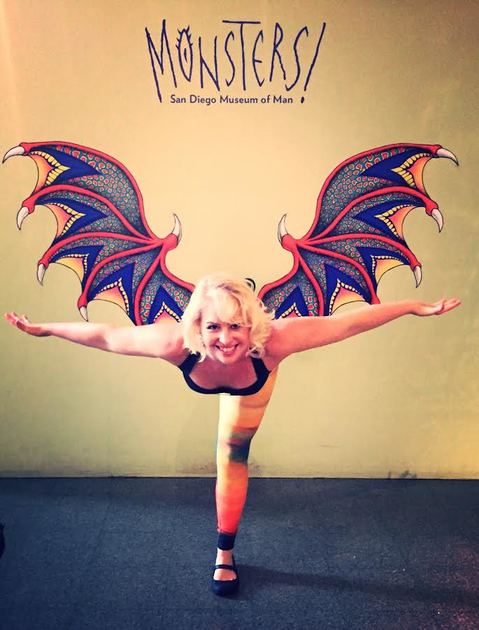
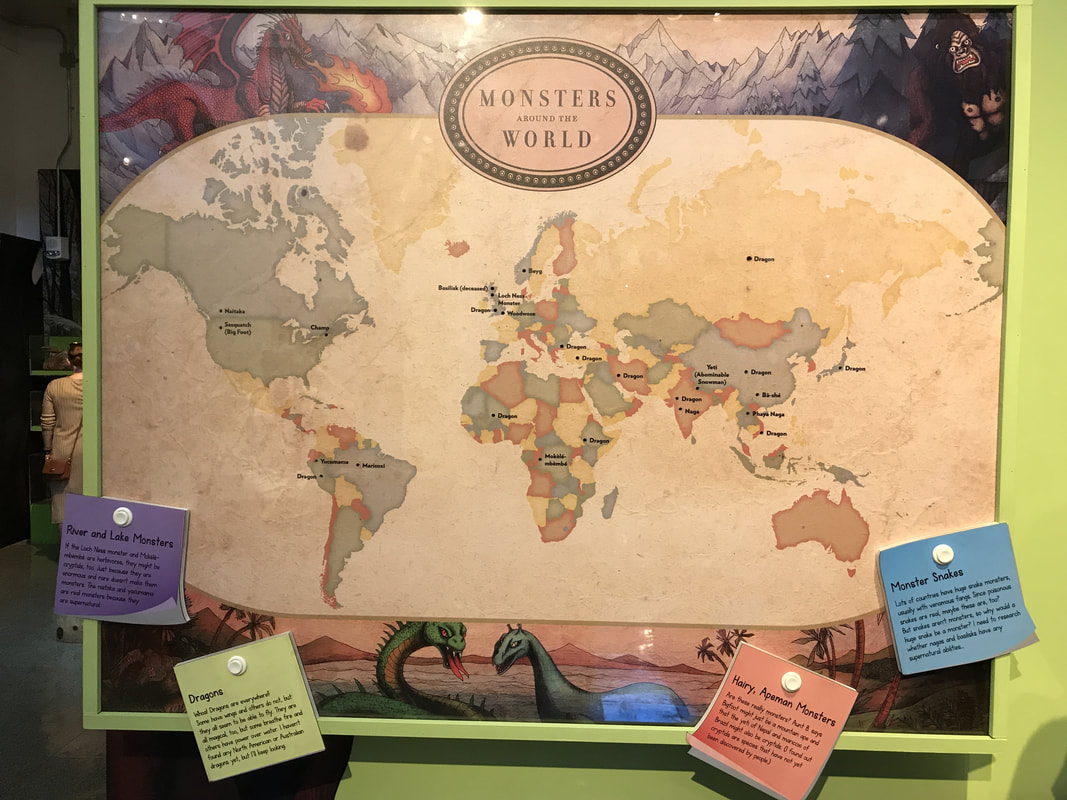
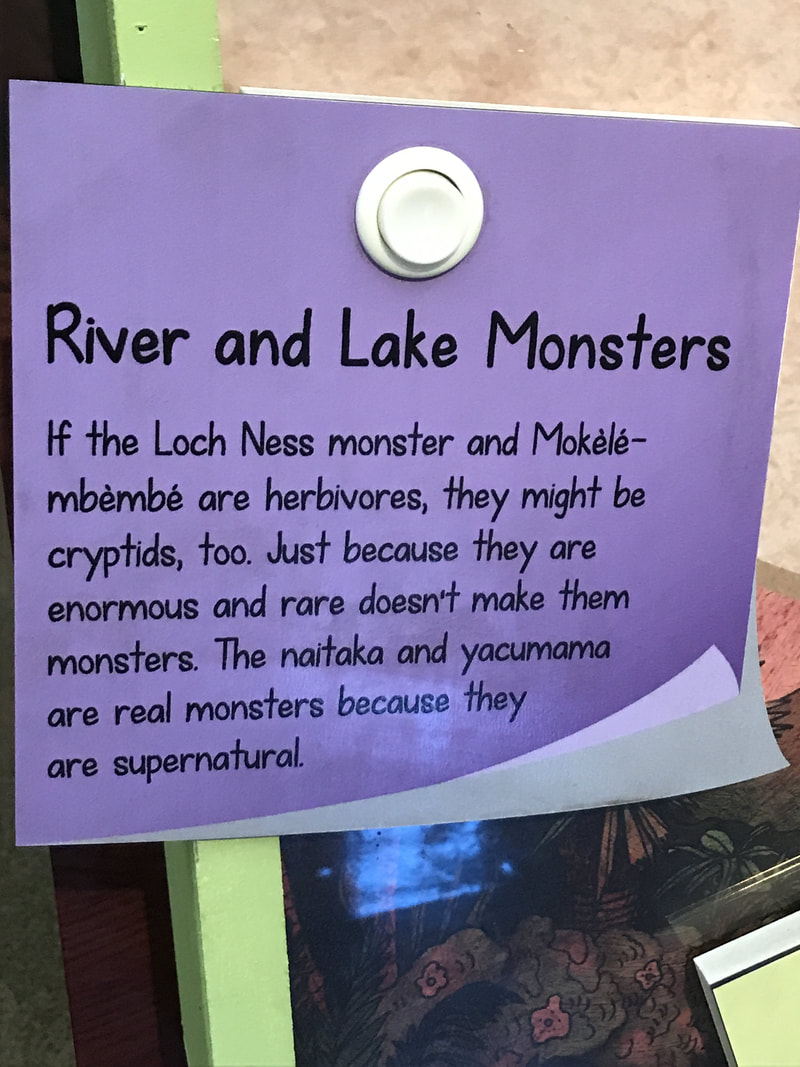
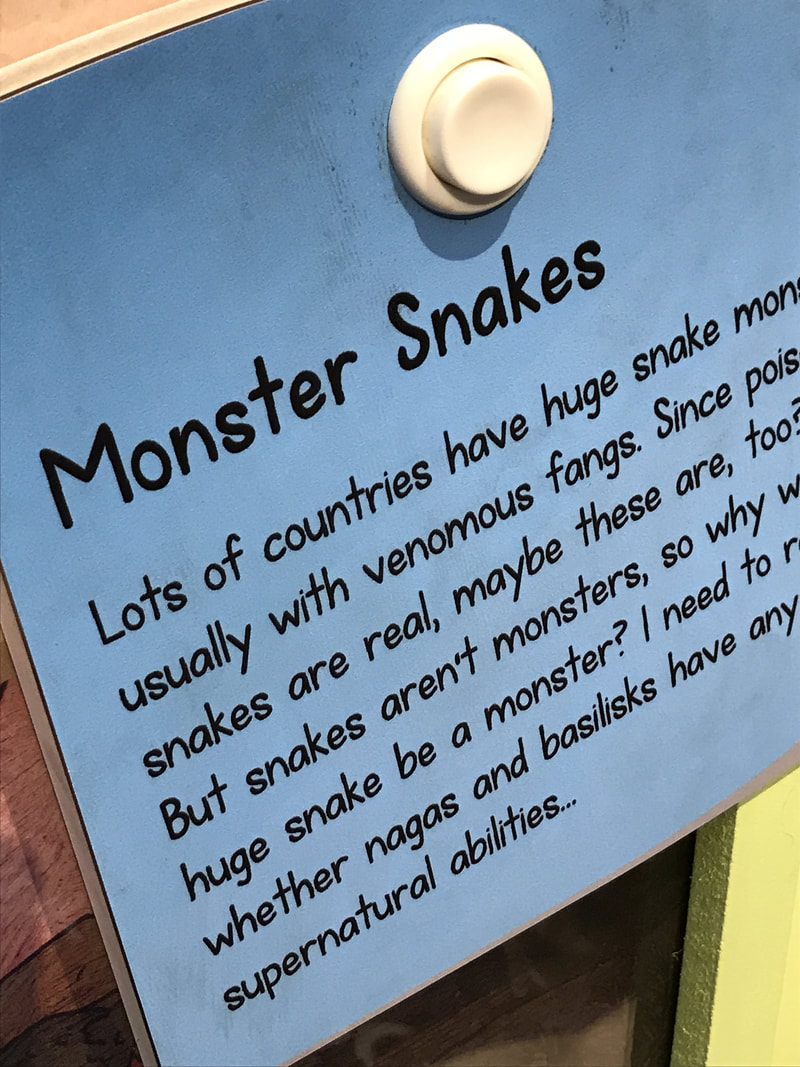
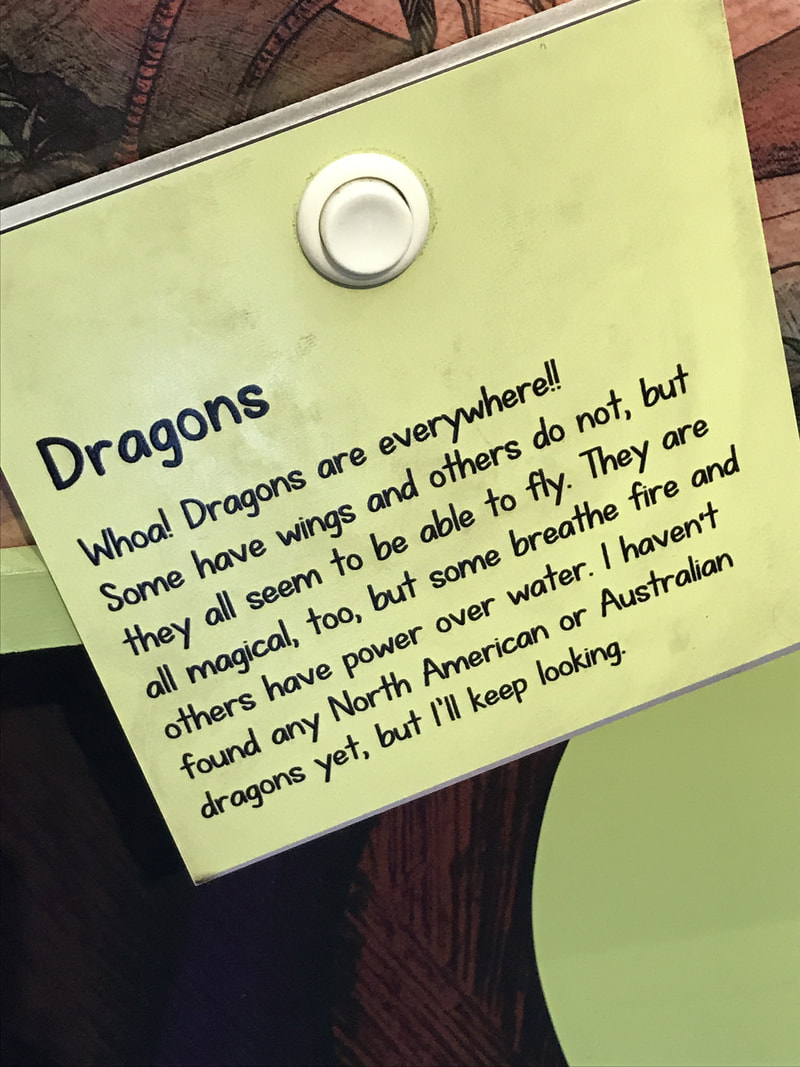
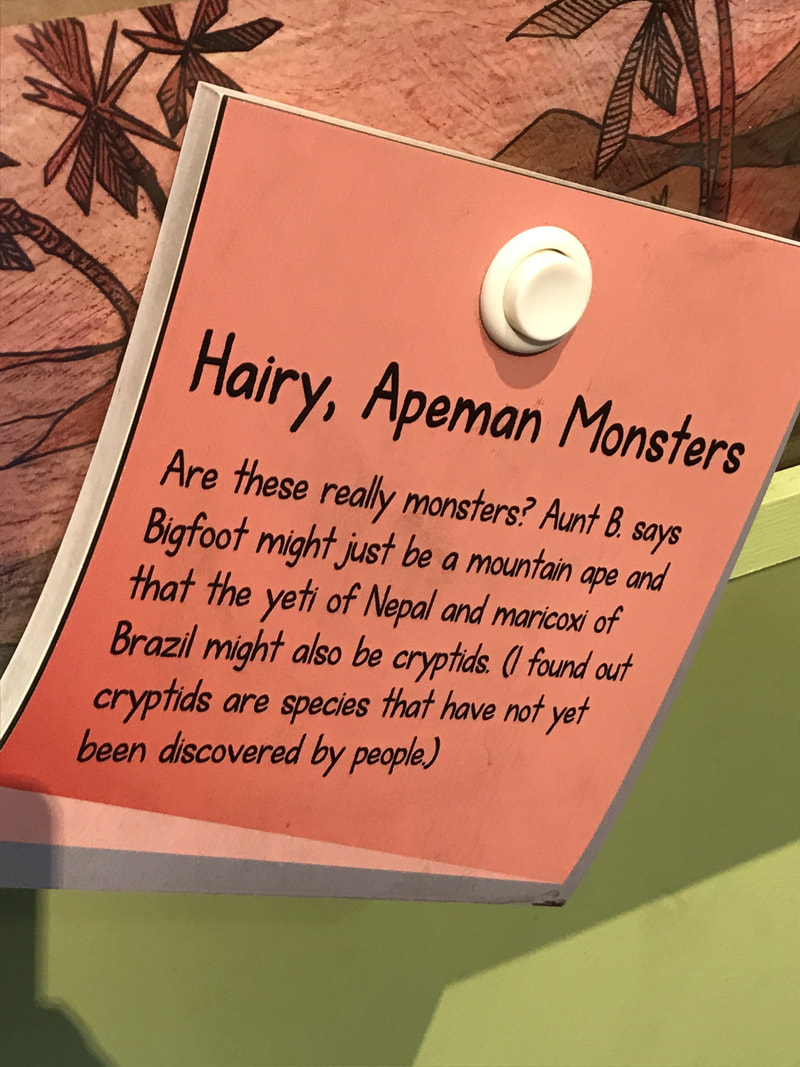
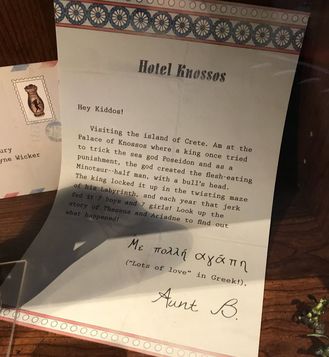
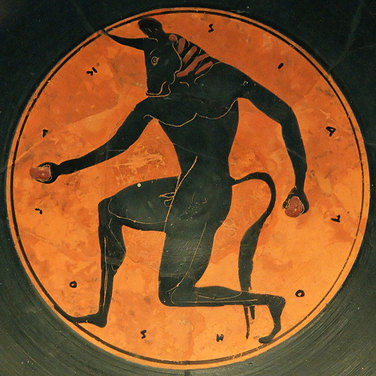
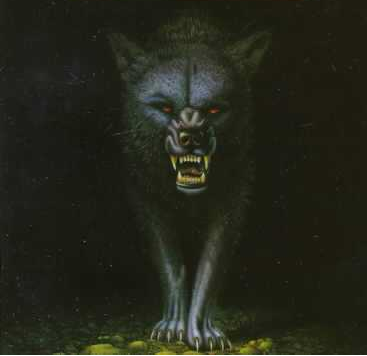
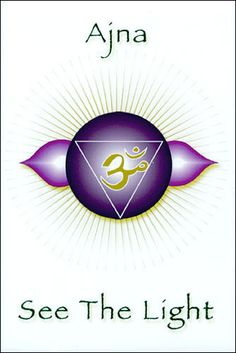
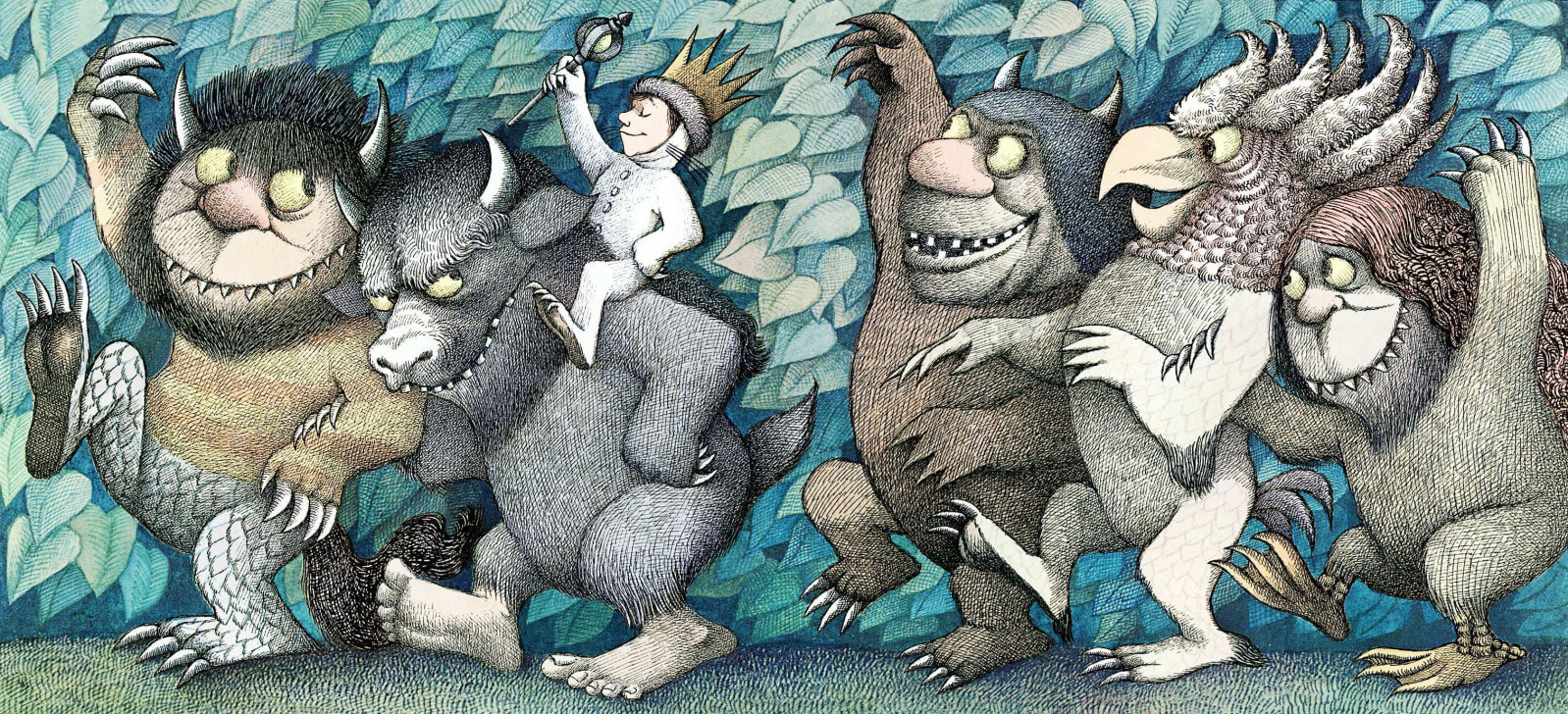
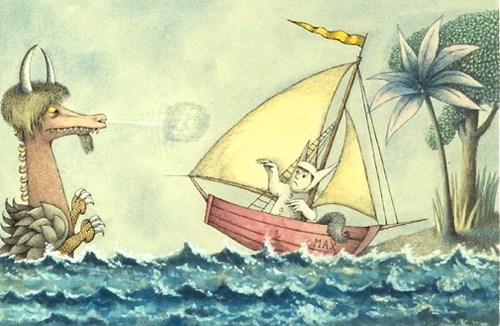
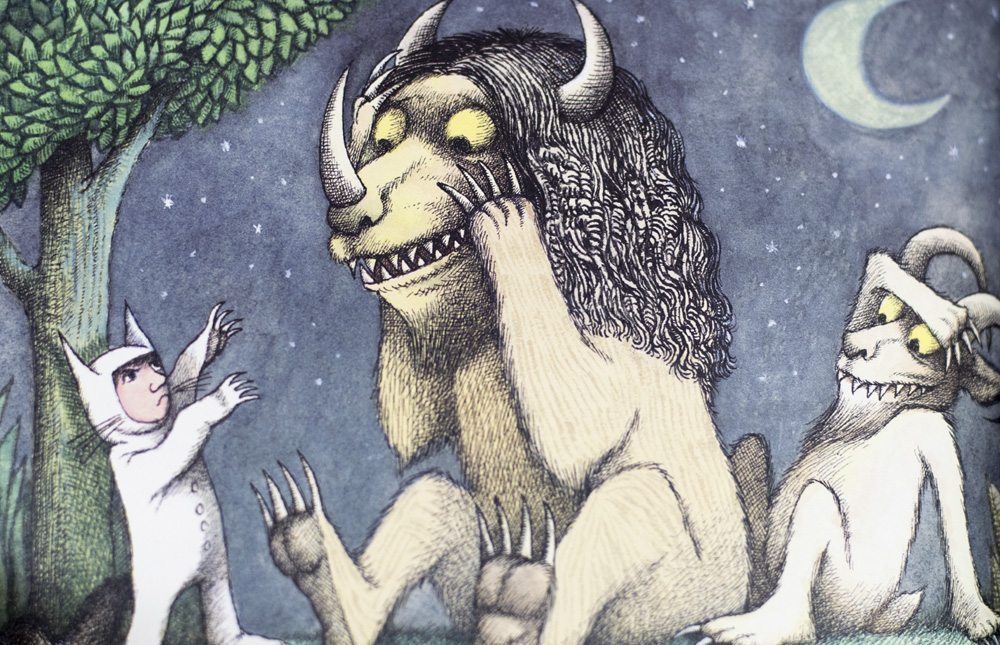
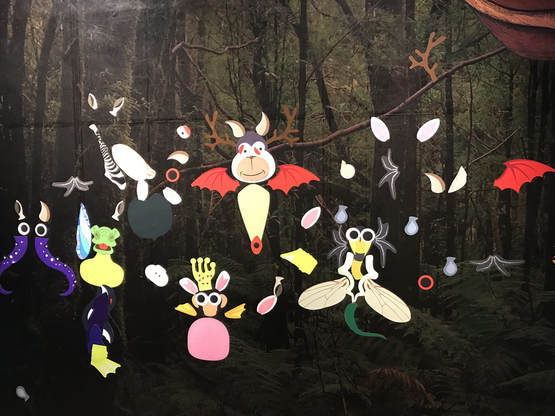
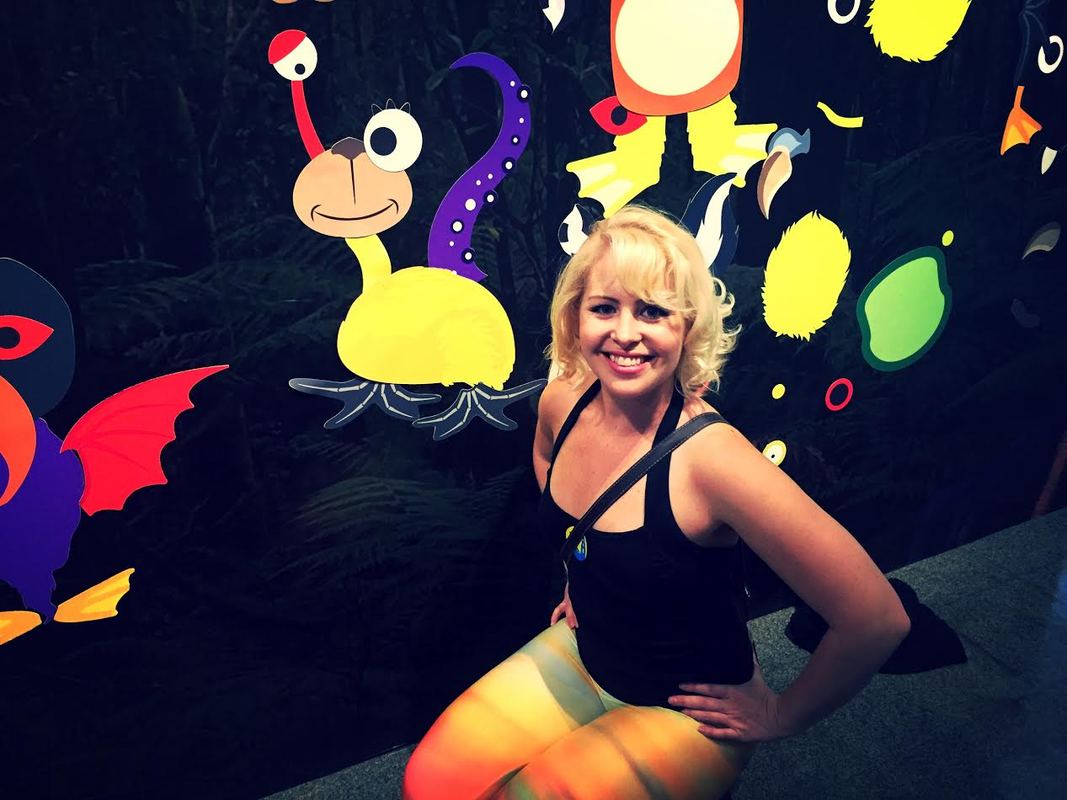
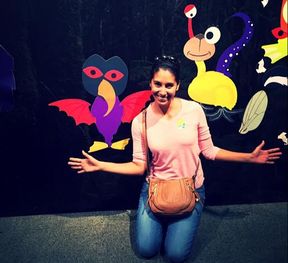
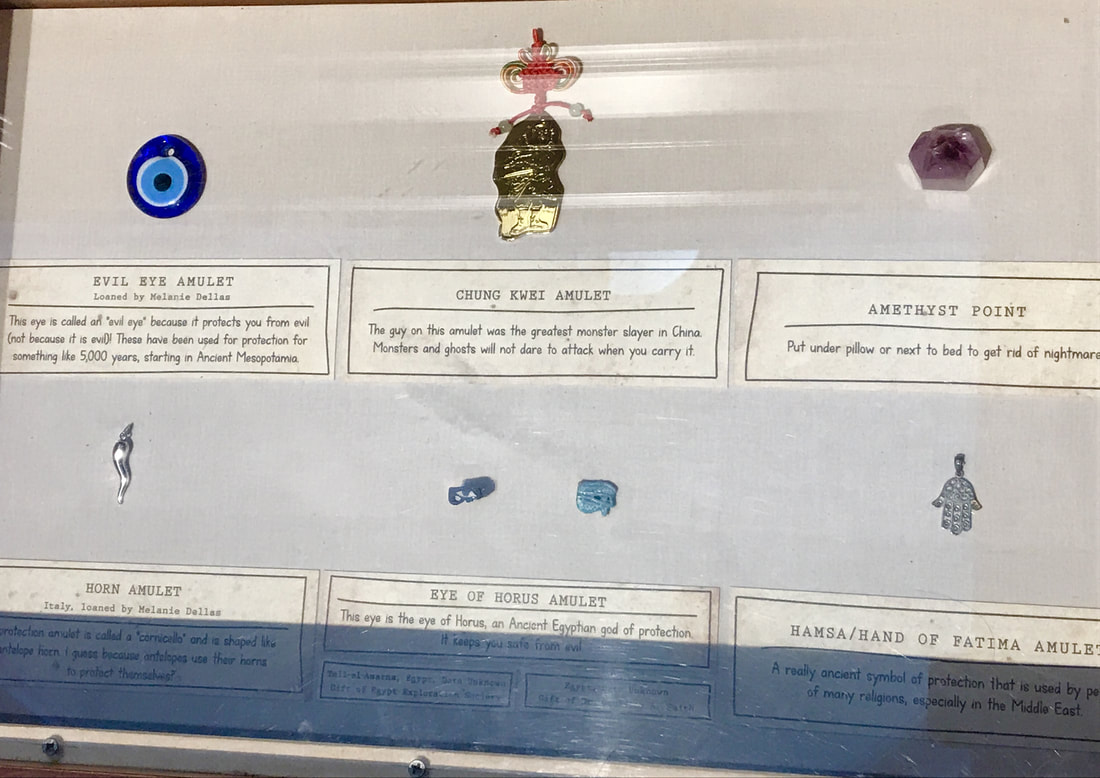
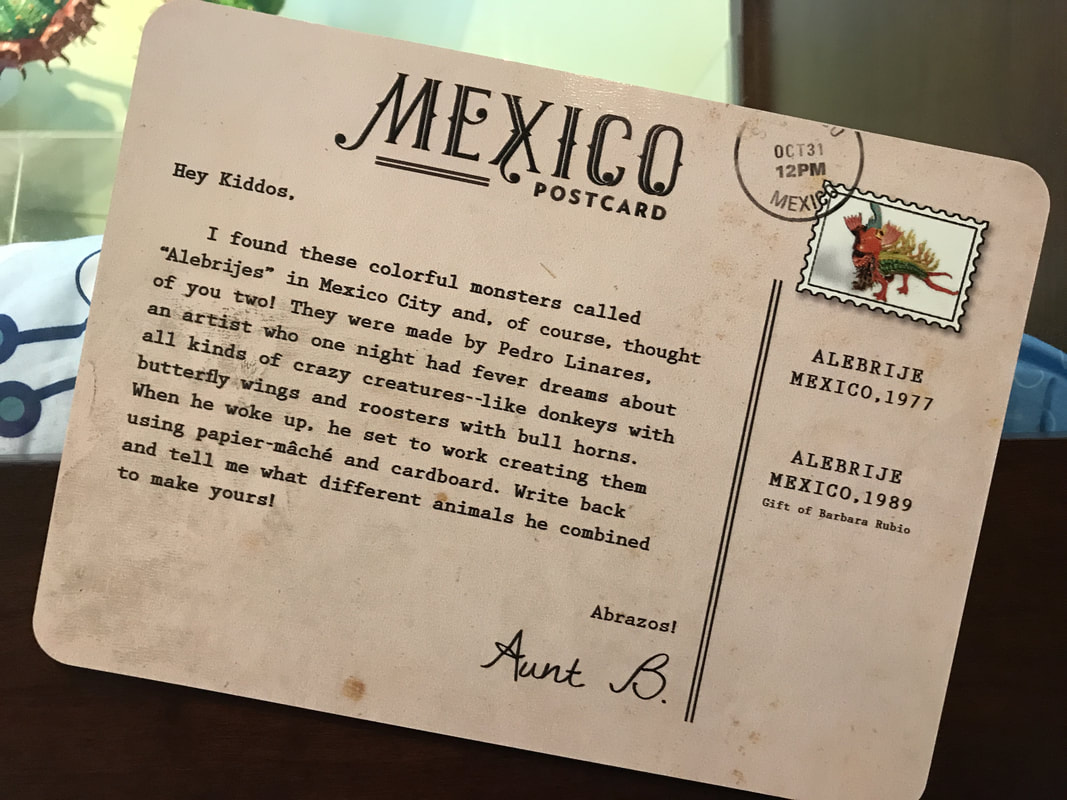
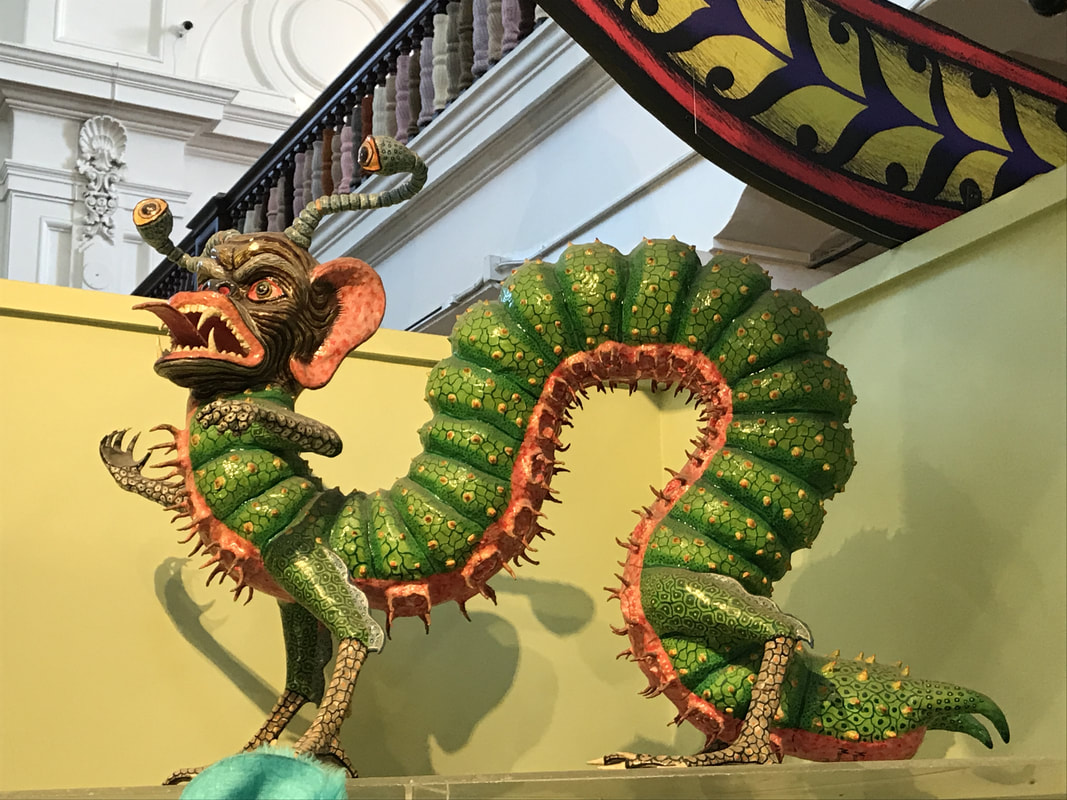
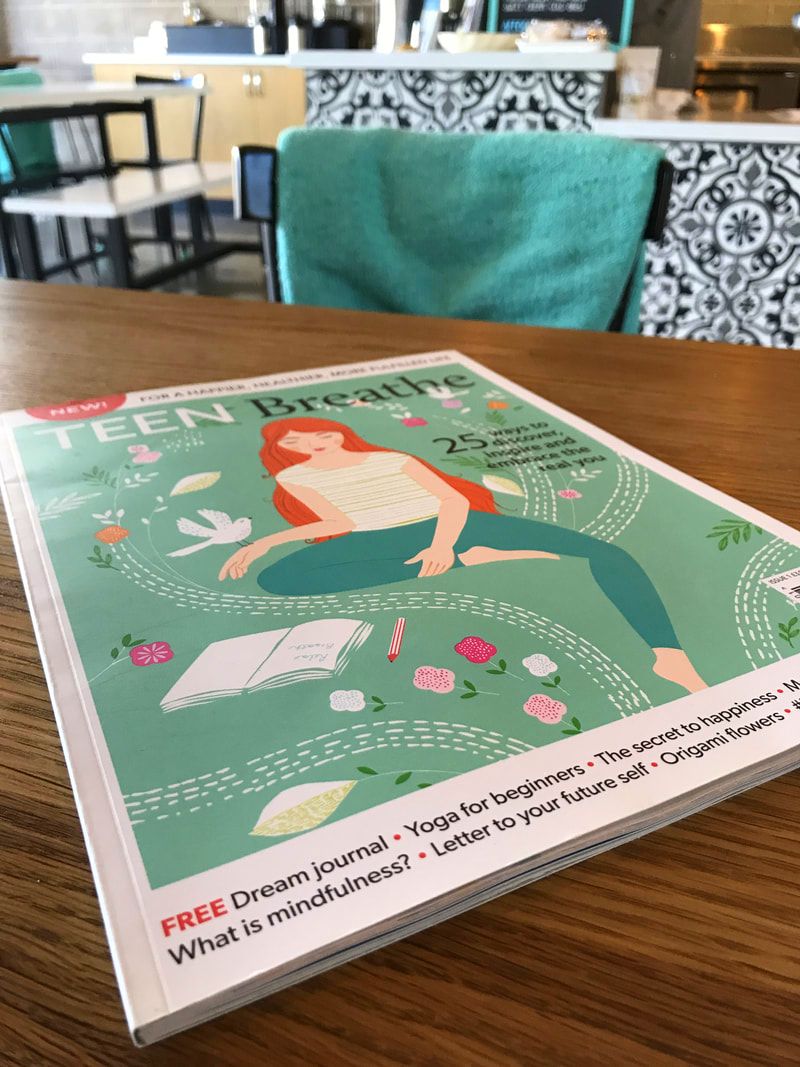
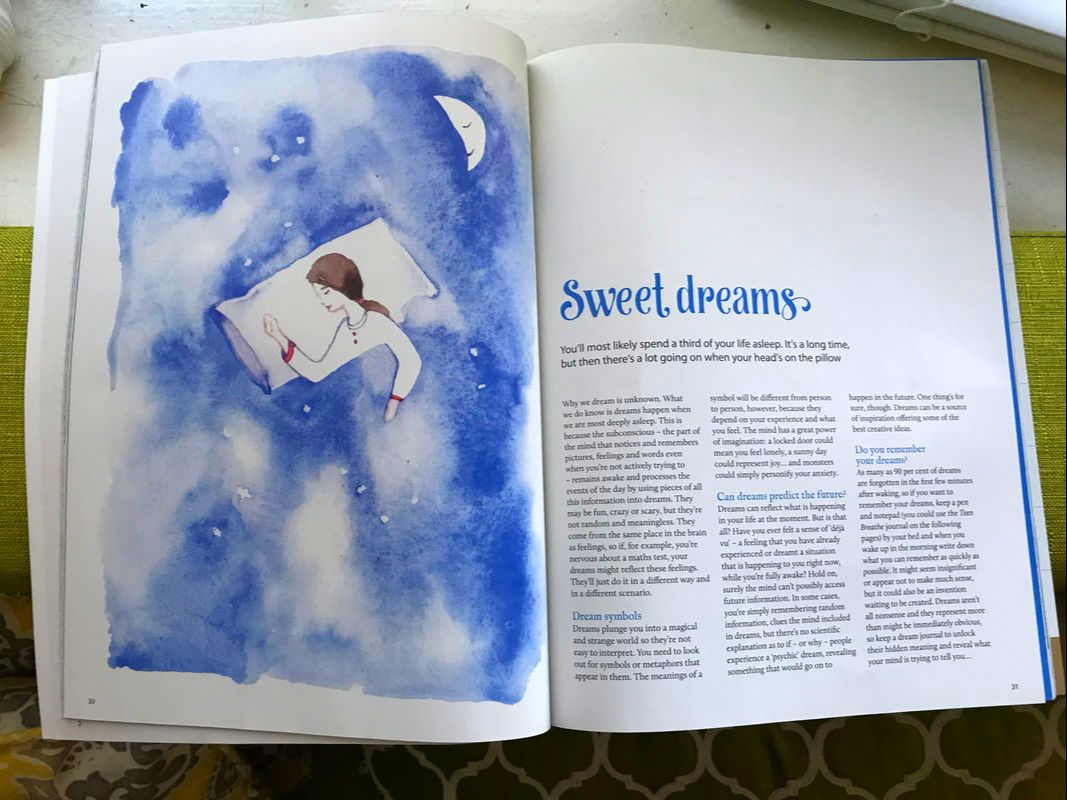
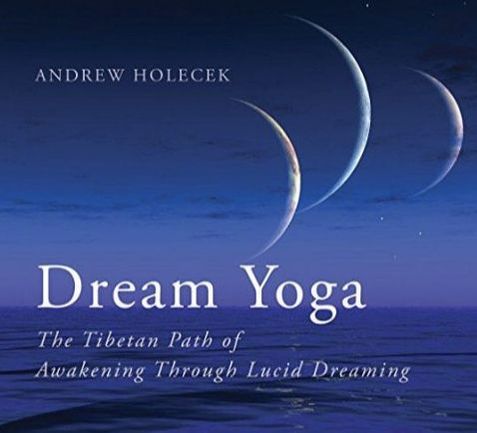
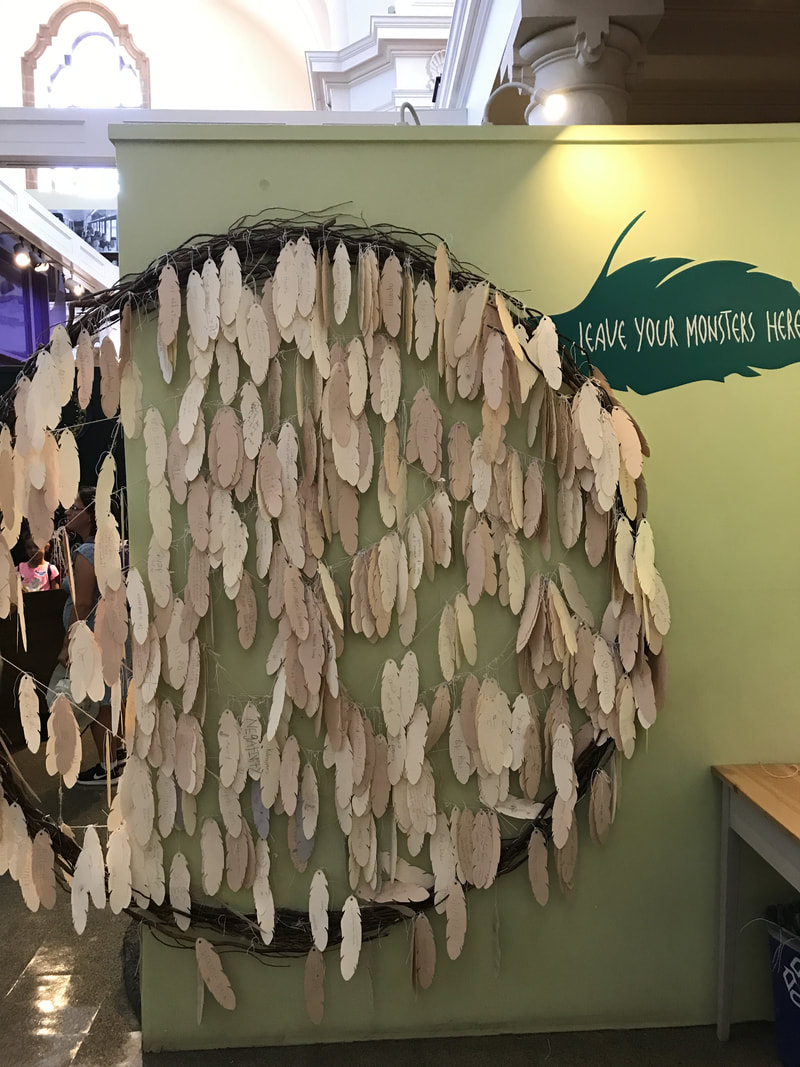
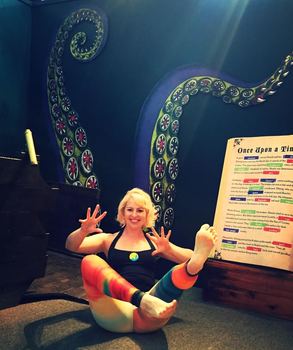
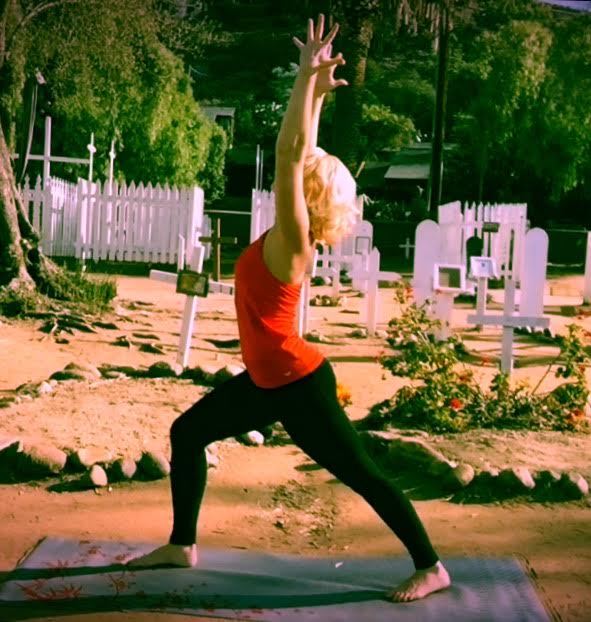
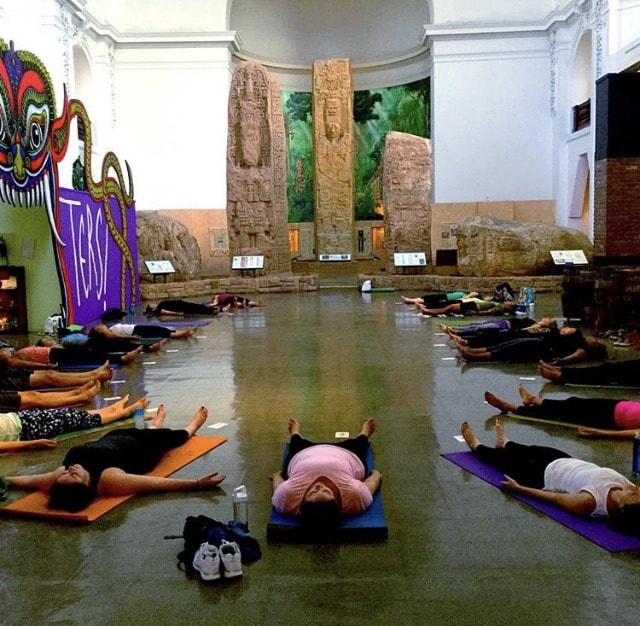
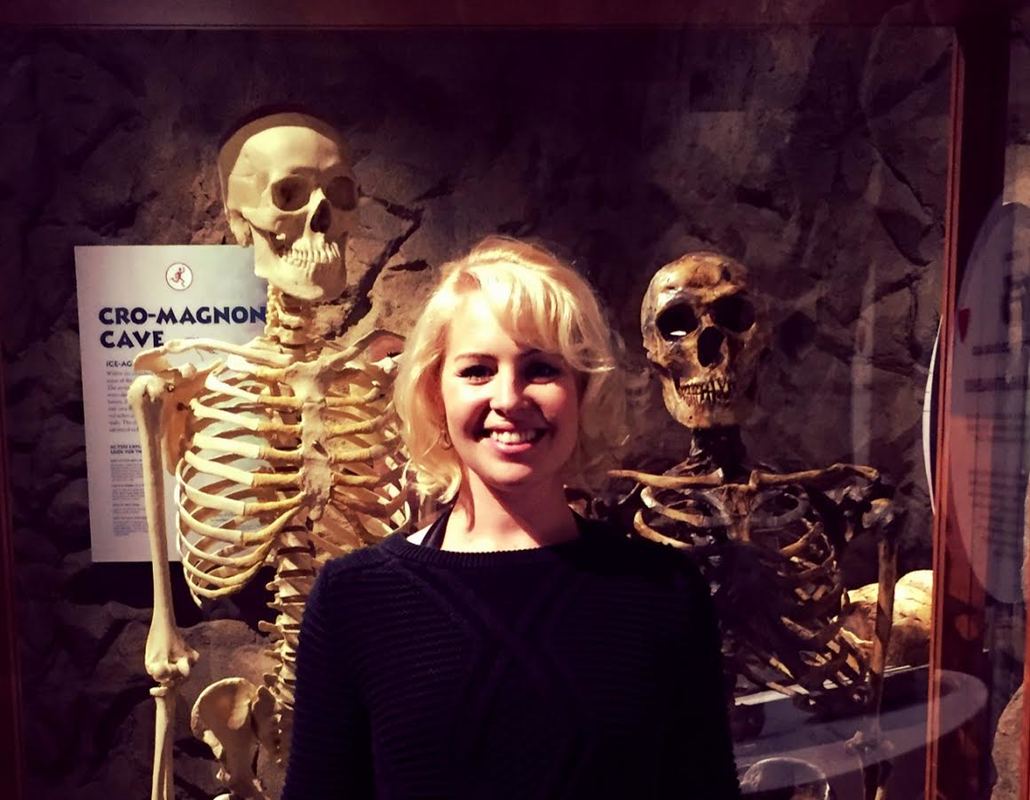

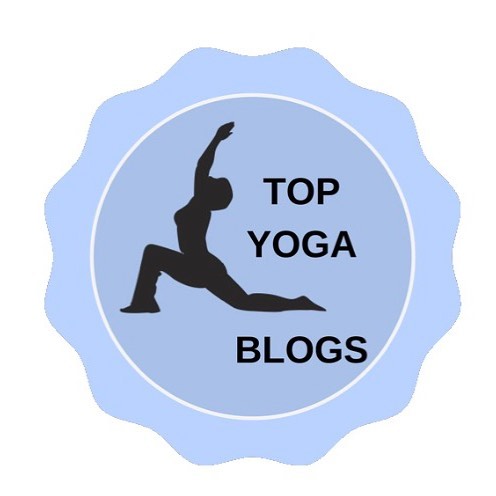
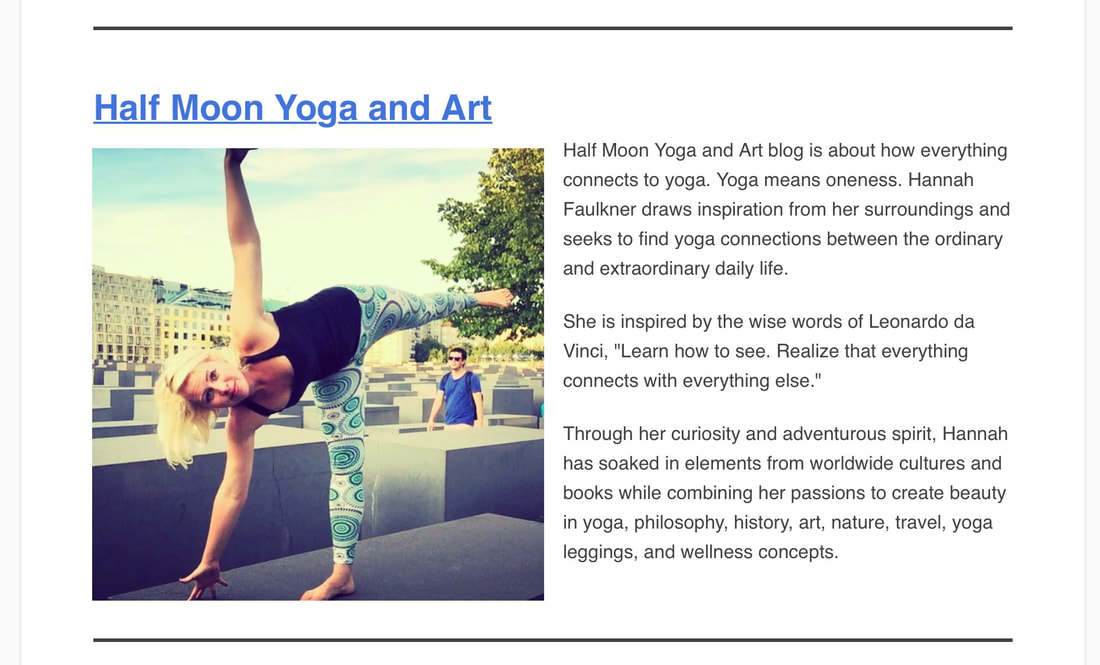



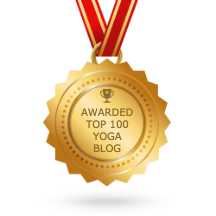
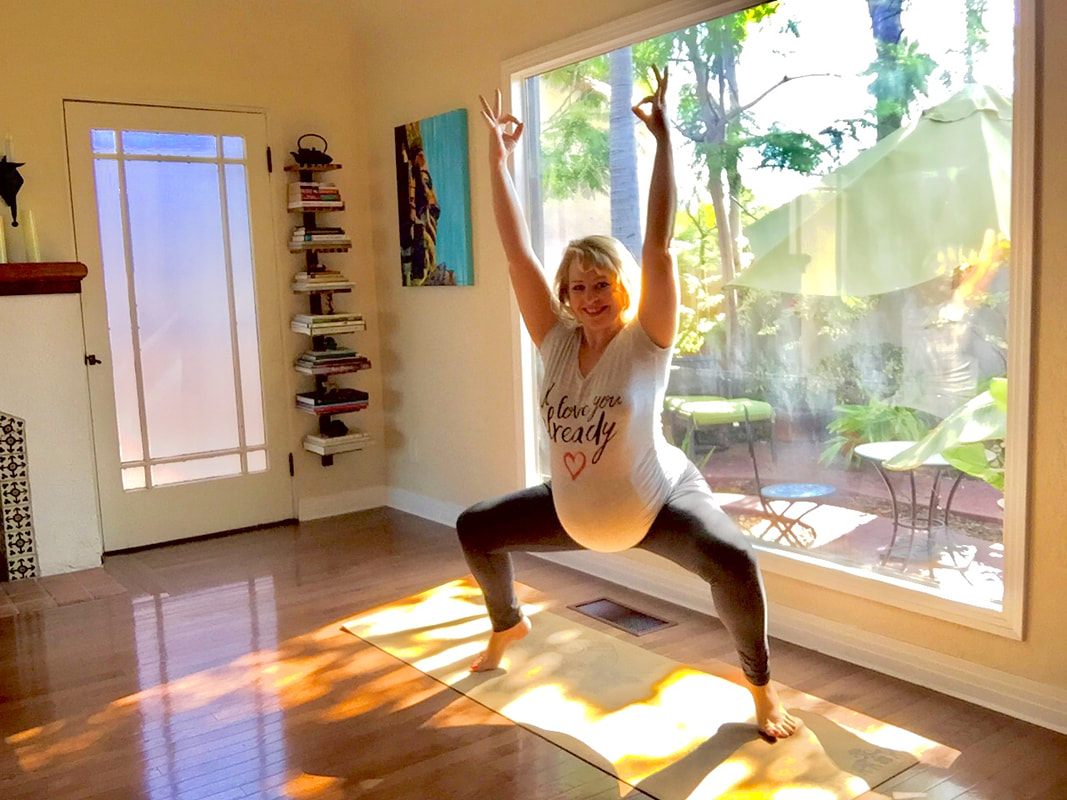
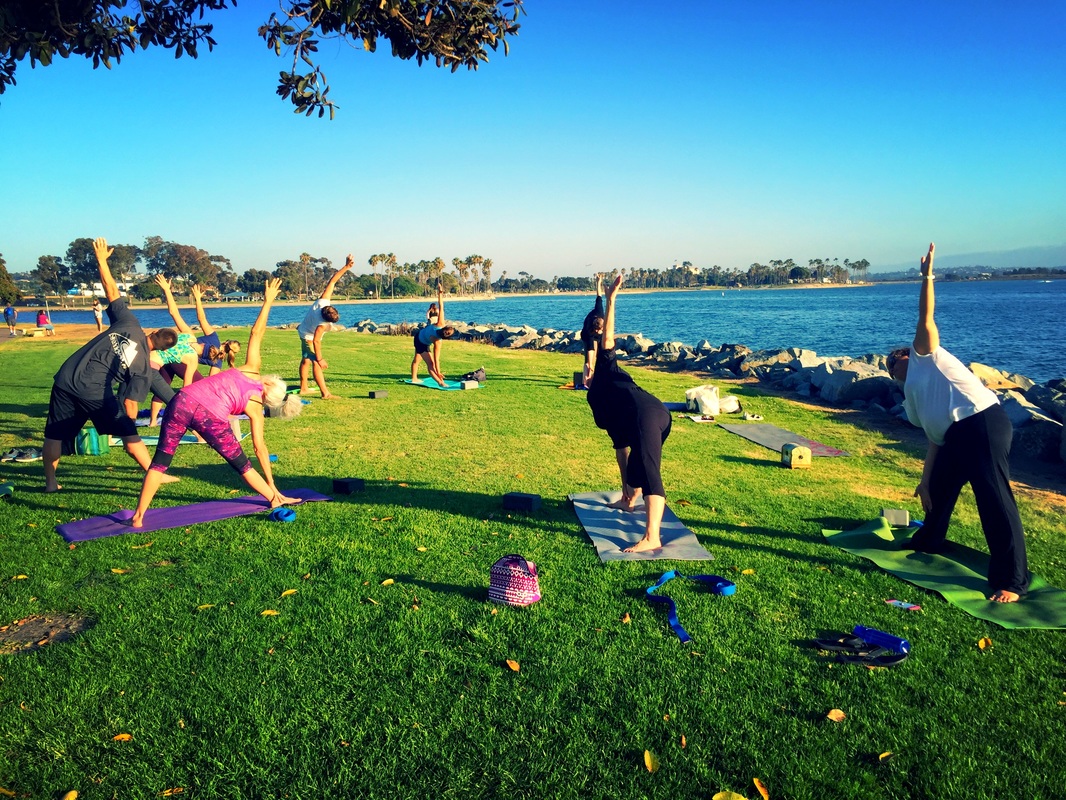
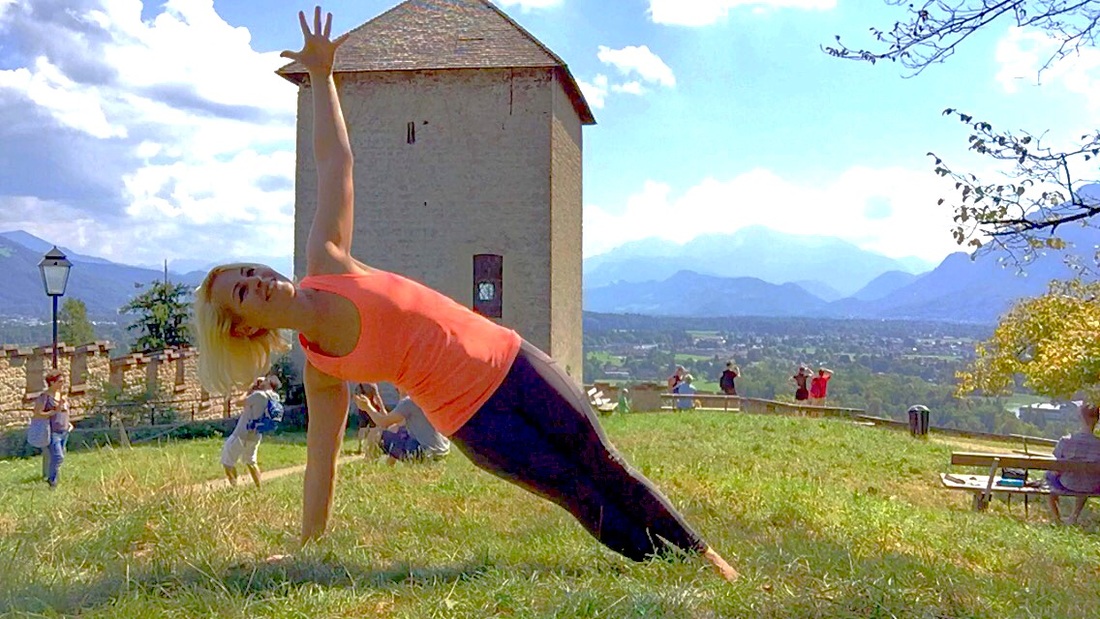
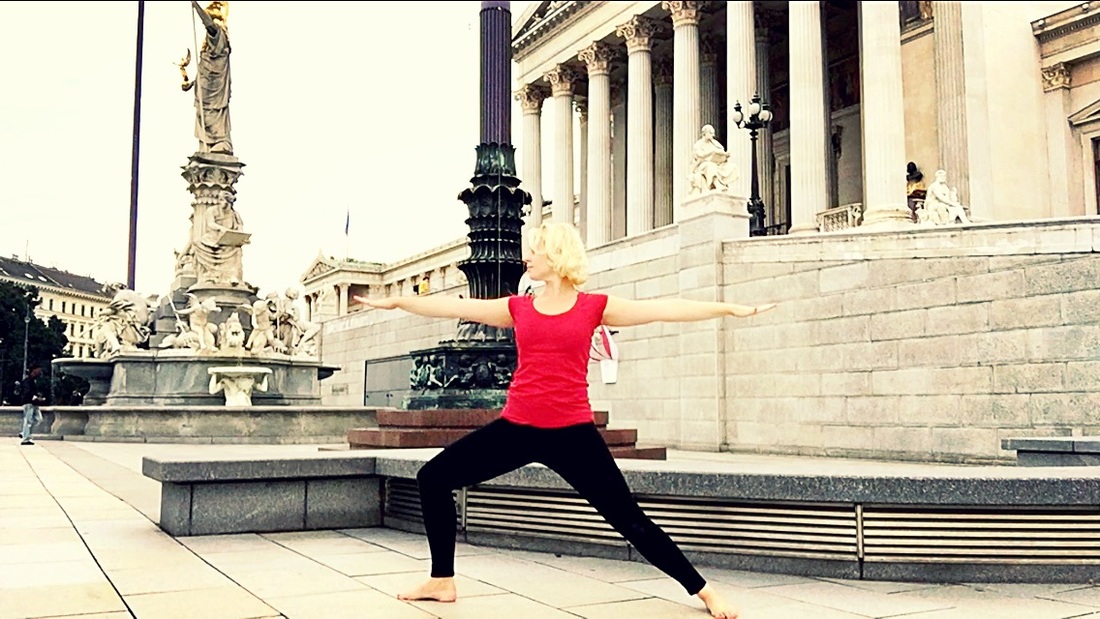
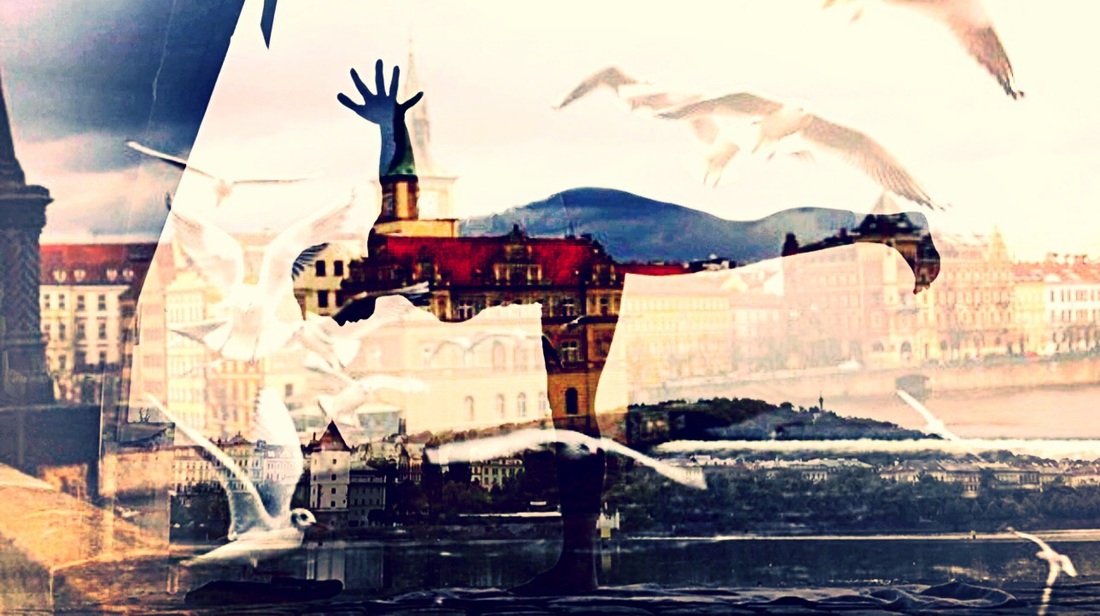
 RSS Feed
RSS Feed